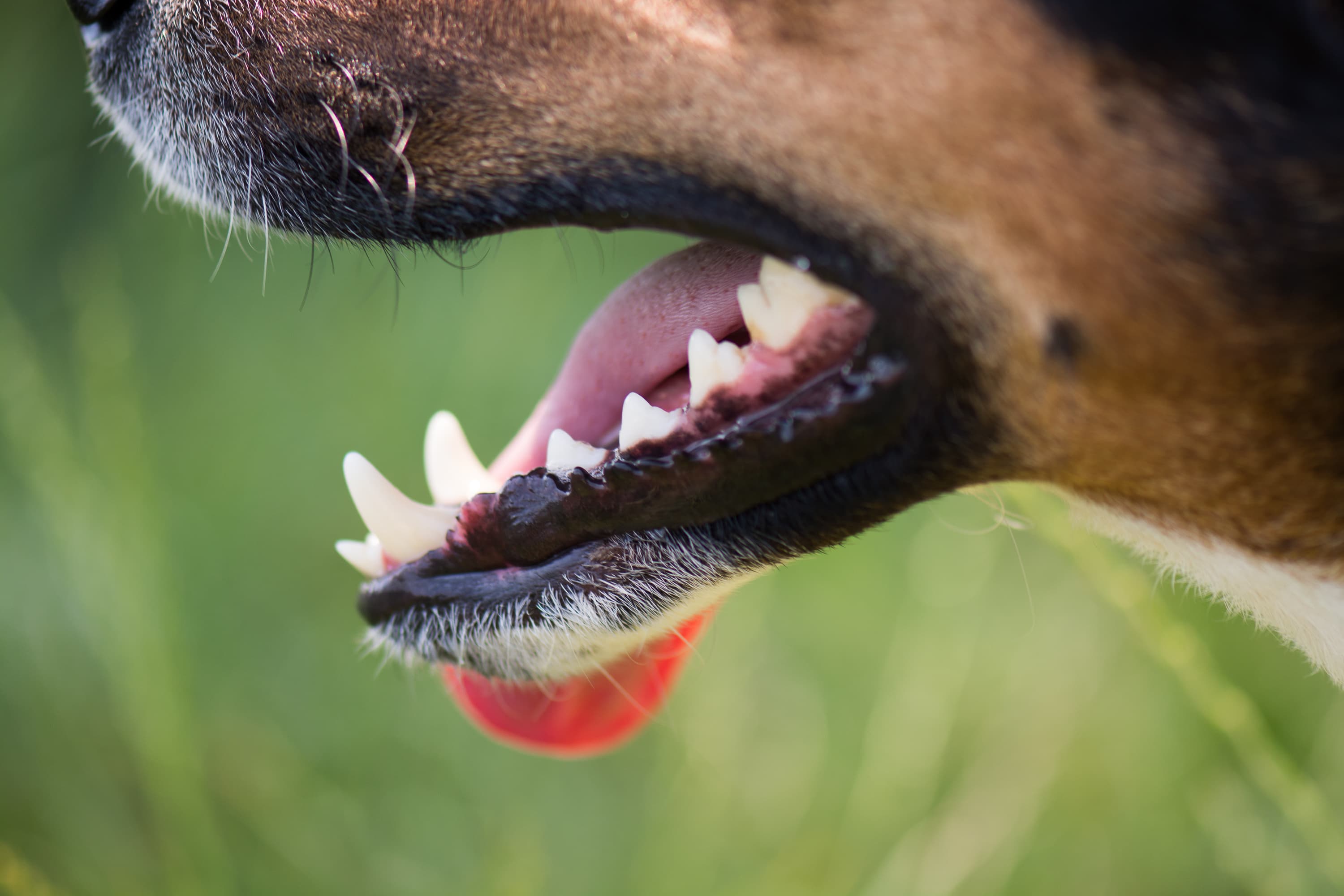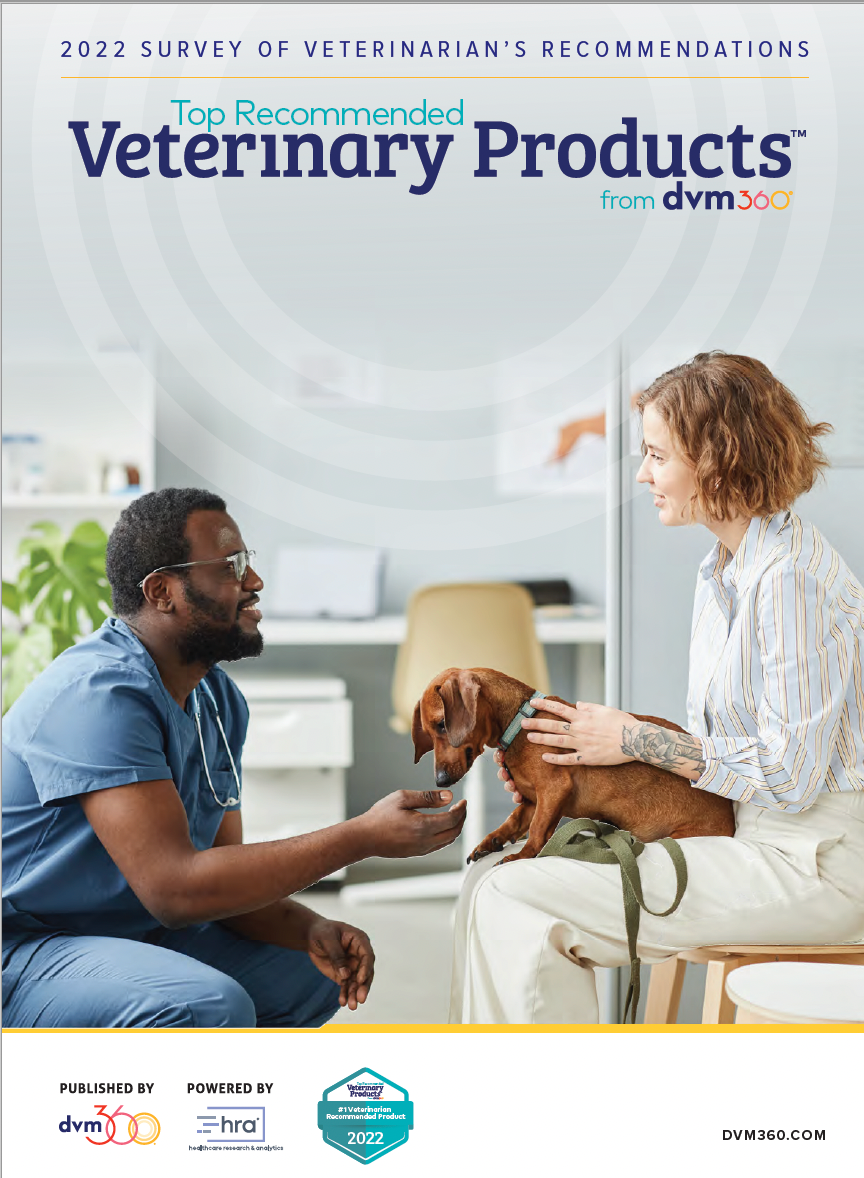Oral health products for at-home dental care
Client adherence is important for pets between professional cleanings
Laszlo / stock.adobe.com

Research has shown that 80% of dogs and 70% of cats will develop some form of periodontal disease by 3 years old.1 As many as 90% of dogs already show signs of periodontitis by age 2.2 Because most pets receive a professional dental cleaning only once or twice per year, at-home oral health products may have a role to play in combating periodontal disease during the remaining 363 days on the calendar.
Client adherence with at-home dental care is important for pet oral health. “When I have done dental [care], I always like to provide a dental home kit because…just in a matter of a few weeks…plaque and tartar can build up, and pet parents want to be proactive,” said Adam Christman, DVM, MBA, chief veterinary officer for dvm360® in an episode of The Vet Blast Podcast. “They want to actively do something.”
Here, dvm360® highlights 3 categories of dental products designed to make it easier for pet parents to help their furry friends maintain a healthy mouth.
Water additives
Pet water additives are not a replacement for regular toothbrushing, but rather serve as supplementary care analogous to the use of mouthwash in humans. Many water additive products that are available today are designed to freshen breath and reduce plaque-causing bacteria in the oral cavity.
Owners simply add the typically liquid solution (although a few brands offer powder or gel) to their pet’s water dish. Most water additives are colorless and flavorless to ensure pets will not refuse the treated water. However, some brands offer flavors, such as peanut butter, that may add an additional incentive for pets who enjoy it. The goal is that through regular intake of water enhanced with antimicrobials, pets ultimately accumulate less bacteria, slowing the progression periodontal disease.
Speaking with Christman on The Vet Blast Podcast, Emily Stein, PhD, noted the key role of water alone in oral health, emphasizing the importance of hydrating pets effectively. “I know…some breeds…especially on a raw diet, don’t drink much water, but the water does a great job of flushing out the harmful waste products that the bacteria secrete,” she said.
Toothpaste
Regular toothbrushing is cited by the American Veterinary Medical Association as the most effective way to keep a pet’s teeth healthy between dental cleanings.3 Ideally, a pet owner would brush daily to reduce plaque on the surface of their pet’s teeth, as well as below the gumline. Pet-friendly flavors, such as poultry, beef, and many others, are available to help with adherence.
Christman noted that regular toothbrushing can be the cornerstone to a multimodal approach at home. “If you can brush the teeth, that’s awesome. If you can give probiotics, [that’s] even better. If [possible], continue to maintain it [with] physical exams, coming in every 6 months to make sure the teeth look good, because…some dogs are more predisposed to dental disease than others,” he said.
Chews
Pet dental chews are another option for at-home removal of plaque and tartar buildup. In an article appearing in the August 2021 issue of dvm360®, Jan Bellows, DVM, DAVDC, DABVP, FAVD, wrote, “Administering [a particular brand’s dental chew] is one of the easiest ways to reduce plaque and tartar.”4
There are many chews available on the market that make a wide array of claims. A useful tool for recommending dental chews—and all oral health products—to clients is to reference the Veterinary Oral Health Council’s (VOHC) list of approved products. There, the VOHC maintains a list of products approved by its testing, with an indication of what claims the VOHC has verified.5
Peer recommendations on which oral health products to choose were made through a survey of veterinary professionals and can be viewed in the Top Recommended Veterinary Products guide.
References
- Niemiec BA. Periodontal disease. Top Companion Anim Med. 2008;23(2):72-80. doi:10.1053/j.tcam.2008.02.003
- Niemiec B, Gawor J, Nemec A, et al. World Small Animal Veterinary Association Global Dental Guidelines. J Small Anim Pract. 2020;61(7):395-403. doi:10.1111/jsap.13113
- Pet dental care. American Veterinary Medical Association. Accessed July 2, 2022. https://www.avma.org/resources-tools/pet-owners/petcare/pet-dental-care
- Bellows J. Boost client pet dental care compliance with practical solutions. dvm360®. July 20, 2021. Accessed July 2, 2022. https://www.dvm360.com/view/boost-client-pet-dental-care-compliance-with-practical-solutions
- Accepted products. Veterinary Oral Health Council. Accessed July 2, 2022. http://www.vohc.org/all_accepted_products.html
